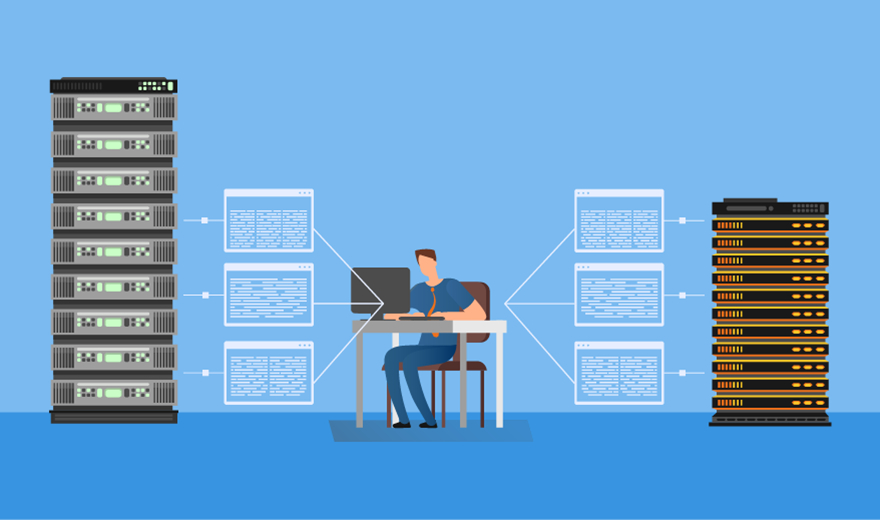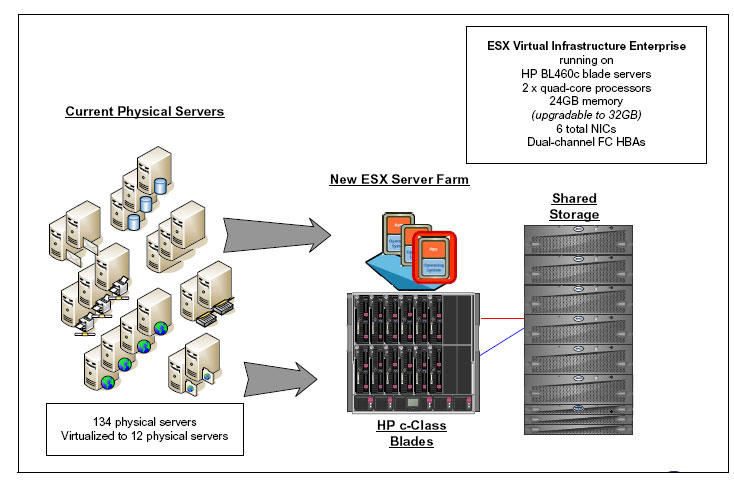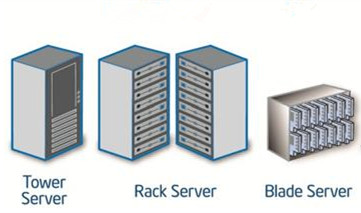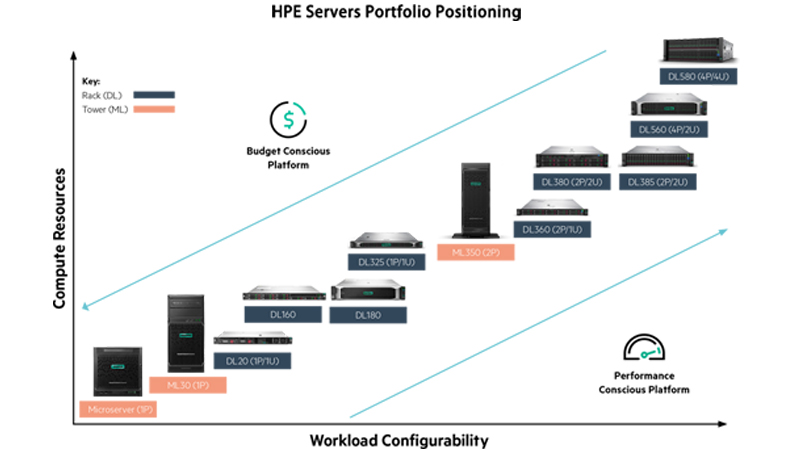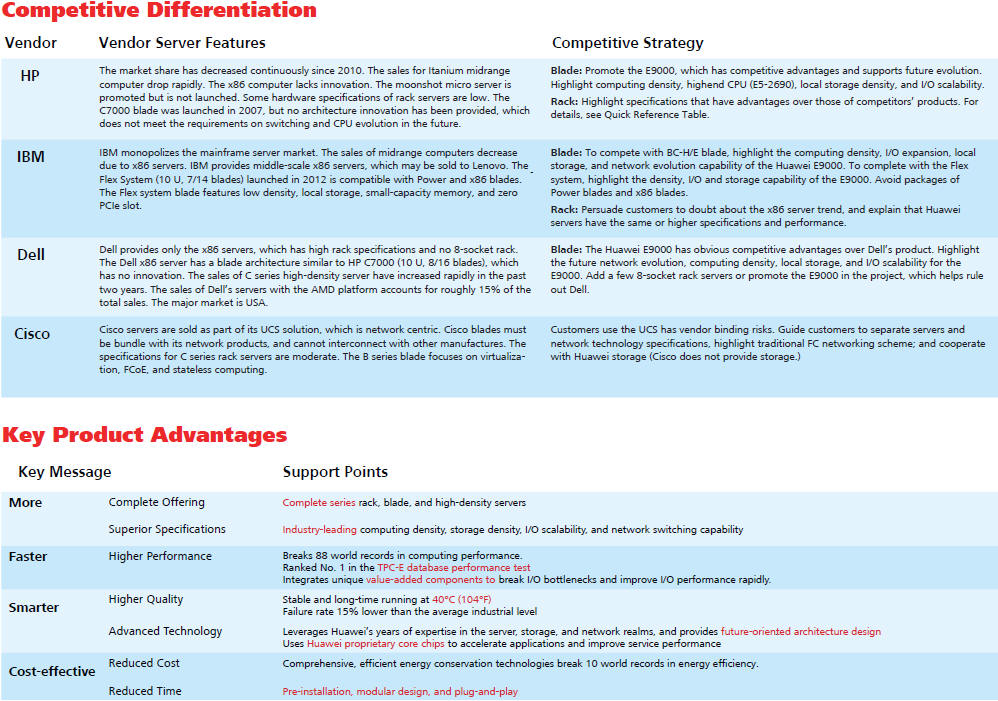Blade Vs Rack Servers For Virtualization

These racks are similar to that of a normal rack which we use to stack up a set of files and folders.
Blade vs rack servers for virtualization. Rack servers require physical labor from it staff such as mounting to the rack and connecting cables. It administrators must choose between two primary server hardware platforms when deploying virtualization. How to understand their advantages and shortcomings and how each type fits into your server requirements. Here are the pros and cons of blades vs rack servers pros of blade and chassis for vmware vsphere.
I was hoping to discuss in the show what spiceheads are using now. Typically a blade server configuration consists of a carrier unit with a set of side by side compute blades in a hot swap backplane with redundant power supplies and a pair of switch. In the data center decisions about blade server vs. Rack servers are wide and flat which enables stacking and bolting into larger frames.
Comparing a blade server architecture to hyper converged systems. Now that we have that out of the way lets move on. This article is a quick start guide to rack servers blade servers tower servers. First of all blade and chassis are cool especially ucs.
Rack servers are smaller than that of tower servers and are mounted inside a rack. It makes sense to implement them together because both technologies reduce infrastructure by reclaiming data center and desktop space improving management while increasing data and application visibility and high. Standard architecture servers is one of those battles yet it rages on. When comparing blade servers to rack mounts for server virtualization blades always win.
Are you trying to decide whether to use blade and chassis instead of rack mounted servers for virtualization. Ultimately both a blade server and a rack server can be configured to do the same work. Standard racked servers for virtualization. Hey y all we are doing an episode of on the air 8 19 at 10am ct next week about virtualization hardware and specifically talking about when it makes more sense to go rack mounted vs.
A rack server is designed to be positioned in a bay by vertically stacking servers one over the another along with other devices such as storage units cooling systems san devices network peripherals and. Tower server will affect performance data center space budgets and scalability. Virtualization allows a single server whether rack or individual blade server within a blade chassis to run multiple virtual or software enabled servers. Which one are you guys using for your virtualization hardware.
In less than 20 years blade servers have evolved to include switching and storage devices. Processing power blade servers can provide an extremely high processing power while taking up minimal space. When to use a rack server or a blade server depends entirely on each scenario. Blade servers always win against rack mount for virtualization by chris house contributor.
